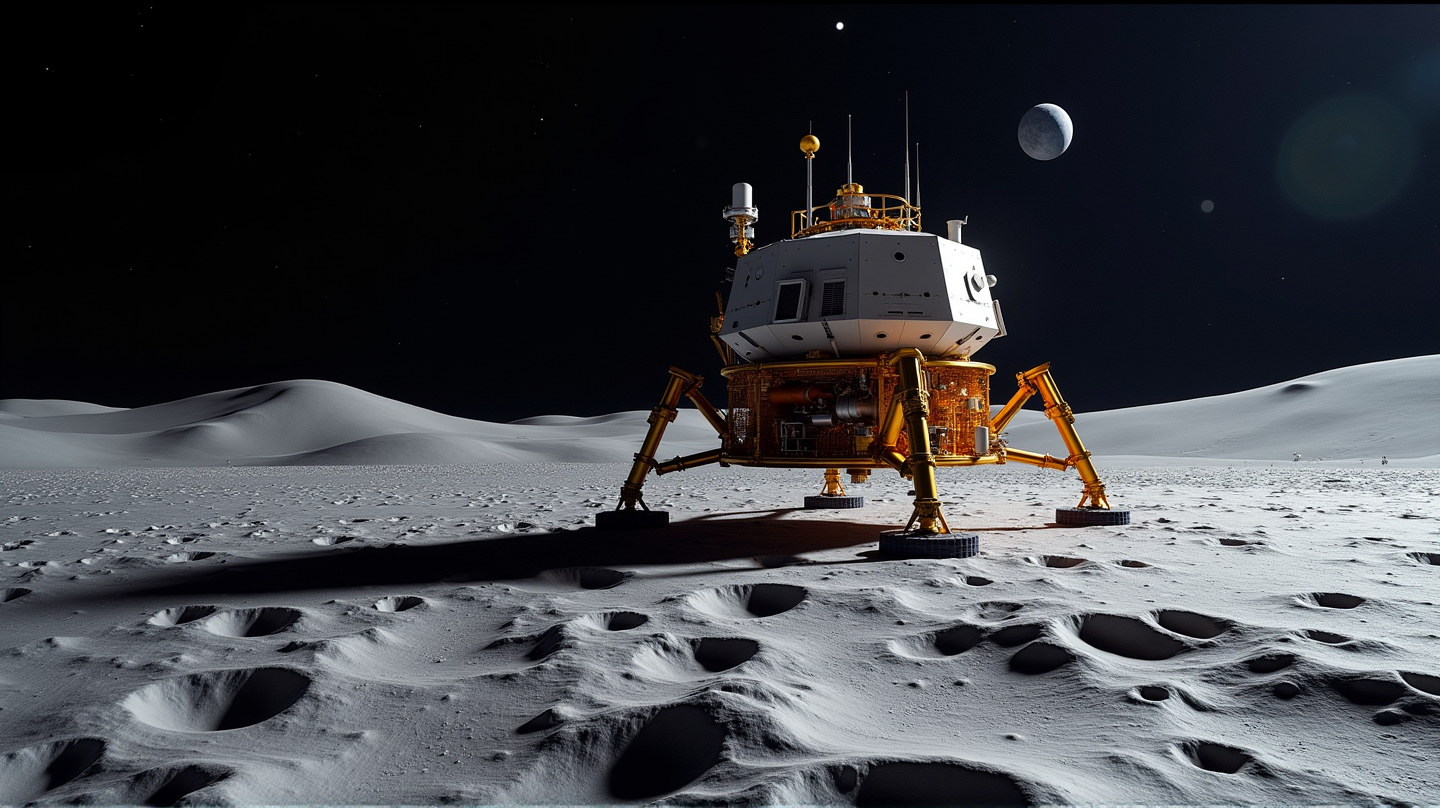NASA's Lunar Drill: Achievements and Challenges on the Moon's Surface
NASA's PRIME-1 mission demonstrated groundbreaking lunar drill technology, despite mission challenges, paving the way for future Moon exploration.

In a groundbreaking step toward lunar exploration, NASA’s drill technology recently marked its debut on the Moon’s surface, diving into the mysteries of the lunar soil. Intuitive Machines’ IM-2 effectively landed its Athena lander on the Moon near the South Pole, showcasing NASA’s PRIME-1 mission and its unique lunar drilling capabilities. The mission aimed to demonstrate futuristic technologies to deepen our understanding of the Moon’s resources, paving the way for human presence under the Artemis missions.
Landing Near the South Pole
On March 6, 2025, the IM-2 touched down in a crater near Mons Mouton on the Moon’s South Pole, though slightly off the intended point. Amidst geometric challenges, the landing remained a testament to technological courage. Despite the lander resting on its side, this short-lived mission unfolded key technology insights.
Innovative Tools for a Bright Future
The Athena lander carried two essential instruments—TRIDENT and MSOLO. TRIDENT, a lightweight and efficient augering drill by Honeybee Robotics, showcased its prowess in extracting lunar soil. Meanwhile, MSOLO, a modified commercial mass spectrometer, embarked on scanning for gases, crucial for future astronaut support supplies like propellants and oxygen.
From Earth to Moon: Testing Under Extremes
“Our hardware has undergone the harshest testing environment yet,” expressed Janine Captain, co-principal investigator. This technological demonstration reinforces faith in PRIME-1’s capacity to support sustainability on the lunar surface, using local resources to minimize mass and cost in space endeavors.
Unlocking Lunar Secrets
TRIDENT’s smooth operation allowed testing soil strength—data critical for building future lunar infrastructure. The mission gathered approximately 7.5 gigabytes of data, becoming a foundation stone for further exploration efforts.
Overcoming Mission Constraints
Even as the mission concluded prematurely due to the lander’s positioning, NASA engineers relished the opportunity to witness effective technology milestones. “This short mission epitomized unexpected success,” remarked Julie Kleinhenz, NASA’s lead systems engineer for PRIME-1.
Shaping Lunar Exploration’s Future
By advancing in-situ resource utilization, PRIME-1 plays a fundamental role in envisioning a future where Moon missions rely on indigenous resources. According to Mirage News, it sets a monumental precedent in our lunar journey, offering a promising outlook for astronauts venturing into the unexplored.
In summation, NASA’s PRIME-1 mission, despite challenges, brilliantly highlighted the potential of its lunar drill technology, setting a promising trajectory for future exploration and long-term habitation on the Moon.

